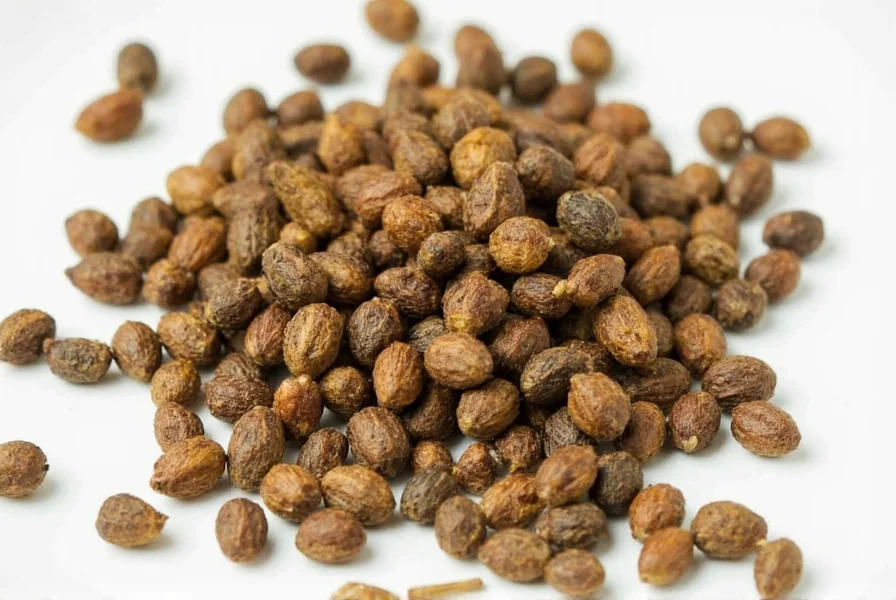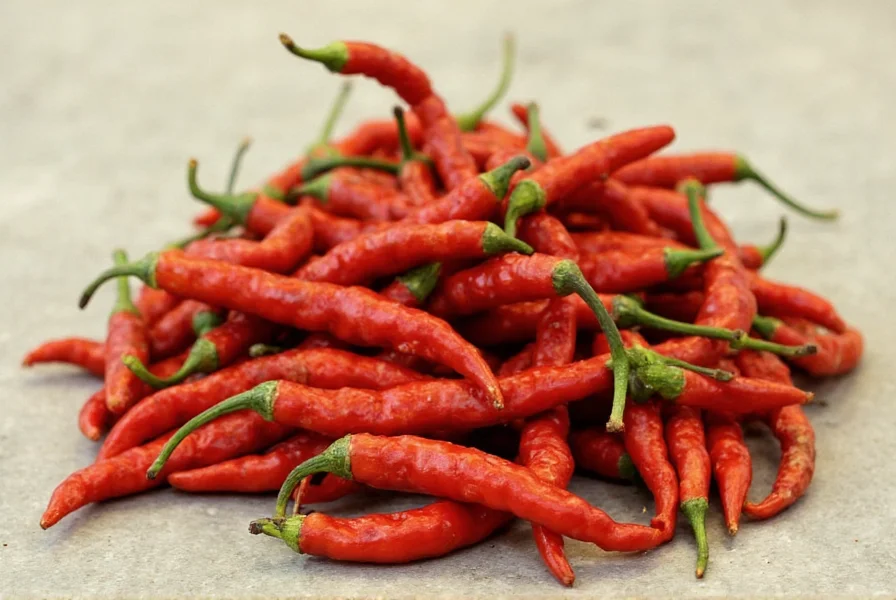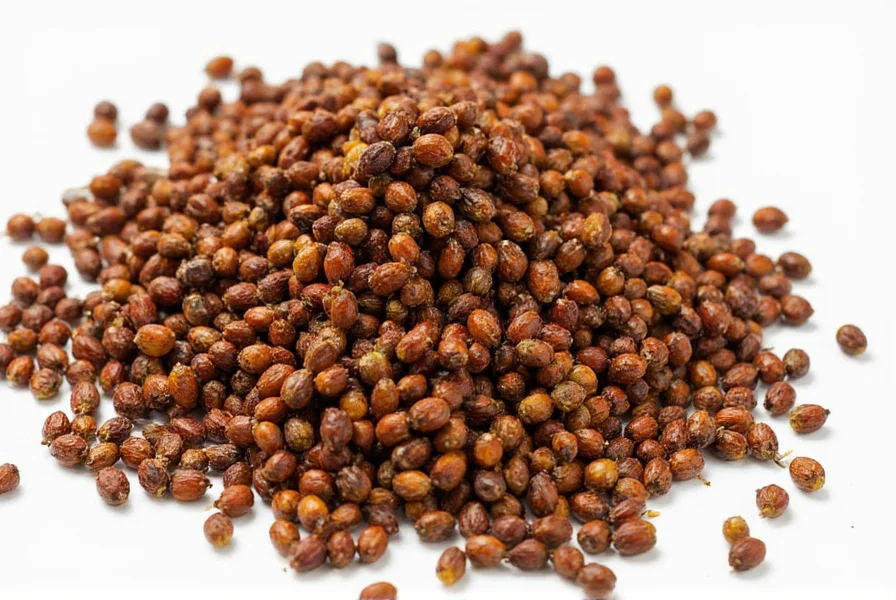Many home cooks and even some culinary professionals confuse the term "Jamaican pepper" with actual peppers grown in Jamaica. This persistent misconception stems from historical naming conventions and marketing practices that have blurred botanical realities. Understanding what Jamaican pepper truly is matters for authentic Caribbean cooking and proper spice selection.
What Jamaican Pepper Actually Is
The botanical name for Jamaican pepper is Pimenta dioica, a species in the myrtle family Myrtaceae. Native to the Greater Antilles, southern Mexico, and Central America, the allspice tree thrives particularly well in Jamaica's tropical climate, which produces berries with superior flavor complexity compared to those grown elsewhere.
When Spanish explorers first encountered this spice in the Caribbean, they noted how its flavor profile seemed to combine multiple spices. This led to the Spanish name "pimienta," meaning pepper, which evolved into the English "allspice"—though Jamaican producers often market it as "Jamaican pepper" to emphasize its origin and quality.
| Characteristic | Allspice (Jamaican Pepper) | Black Pepper | Scotch Bonnet (Jamaican Chili) |
|---|---|---|---|
| Botanical Family | Myrtaceae | Piperaceae | Solanaceae |
| Plant Part Used | Dried unripe berry | Dried immature fruit | Mature fruit |
| Flavor Profile | Cinnamon, clove, nutmeg blend | Pungent, sharp | Fruity, extremely hot |
| Heat Level (Scoville) | 0 (not a chili) | 100-500 | 100,000-350,000 |
Why the Confusion Persists
The misnomer "Jamaican pepper" creates understandable confusion for several reasons. First, Jamaica produces both allspice and extremely hot chili peppers like the Scotch bonnet. Second, historical trade documents often used "pepper" as a catch-all term for pungent spices. Third, some modern spice companies deliberately use "Jamaican pepper" on labels to evoke authenticity, even when referring to allspice.
When researching what is Jamaican pepper actually called in botanical terms, you'll consistently find it's Pimenta dioica—never a Capsicum species (true peppers) or Piper nigrum (black pepper). This clarification proves essential when following authentic Jamaican recipes that specify "pepper" without further qualification.

Culinary Applications of Authentic Jamaican Allspice
Jamaican pepper's unique flavor profile makes it indispensable in Caribbean cuisine. Unlike single-note spices, allspice contributes multiple flavor dimensions simultaneously. Traditional Jamaican jerk seasoning relies on freshly ground allspice berries as its foundation, combined with Scotch bonnet peppers and thyme.
Chefs seeking authentic Jamaican pepper culinary uses should note:
- Whole berries retain flavor longer than pre-ground spice
- Toast berries lightly before grinding for enhanced aroma
- Add during cooking rather than at the end for best flavor integration
- Essential in Jamaican rice and peas, curries, and pickling blends
When substituting in recipes, remember that no single spice replicates allspice's complexity. A blend of equal parts cinnamon, nutmeg, and cloves approximates the flavor but lacks the distinctive peppery note that gives Jamaican pepper its name.
Sourcing Quality Jamaican Allspice
For those searching where to buy authentic Jamaican allspice, look for these indicators of quality:
- Whole berries that are dark brown, uniform in size, and emit a strong aroma when crushed
- Packaging specifying "Pimenta dioica" rather than just "allspice"
- Origin designation like "Jamaican Pimento" (the local name)
- Avoid pre-ground spice that appears dull or lacks strong fragrance
Proper storage extends shelf life significantly. Keep whole Jamaican pepper berries in an airtight container away from light and heat. They'll maintain peak flavor for 2-3 years, compared to 6-12 months for ground spice. This longevity makes buying whole berries more economical despite requiring a spice grinder.

Health Properties of Jamaican Allspice
Traditional Jamaican medicine has long utilized allspice for digestive issues and pain relief. Modern research supports several Jamaican pepper health benefits, though most studies use concentrated extracts rather than culinary amounts:
- Eugenol content provides anti-inflammatory effects similar to clove oil
- Antimicrobial properties may help preserve foods naturally
- Digestive stimulation can alleviate bloating and gas
- Rich in manganese, which supports bone health and metabolism
As with any spice, consume Jamaican pepper in culinary quantities as part of a balanced diet. The health benefits observed in laboratory studies typically involve concentrations far exceeding normal dietary intake.
Common Misconceptions Clarified
Several persistent myths about Jamaican pepper deserve correction:
- Myth: Jamaican pepper is a type of chili pepper
Fact: It contains no capsaicin and produces no heat - Myth: All allspice comes from Jamaica
Fact: While Jamaica produces the highest quality, allspice grows in many tropical regions - Myth: "Jamaican pepper" and "allspice" are different products
Fact: They refer to the same botanical product (Pimenta dioica)
Understanding these distinctions proves particularly valuable when exploring traditional Jamaican recipes that may use local terminology. When a recipe calls for "pepper" in a Jamaican context, check whether it means allspice (Jamaican pepper) or Scotch bonnet chili—confusing them would dramatically alter the dish's character.











 浙公网安备
33010002000092号
浙公网安备
33010002000092号 浙B2-20120091-4
浙B2-20120091-4